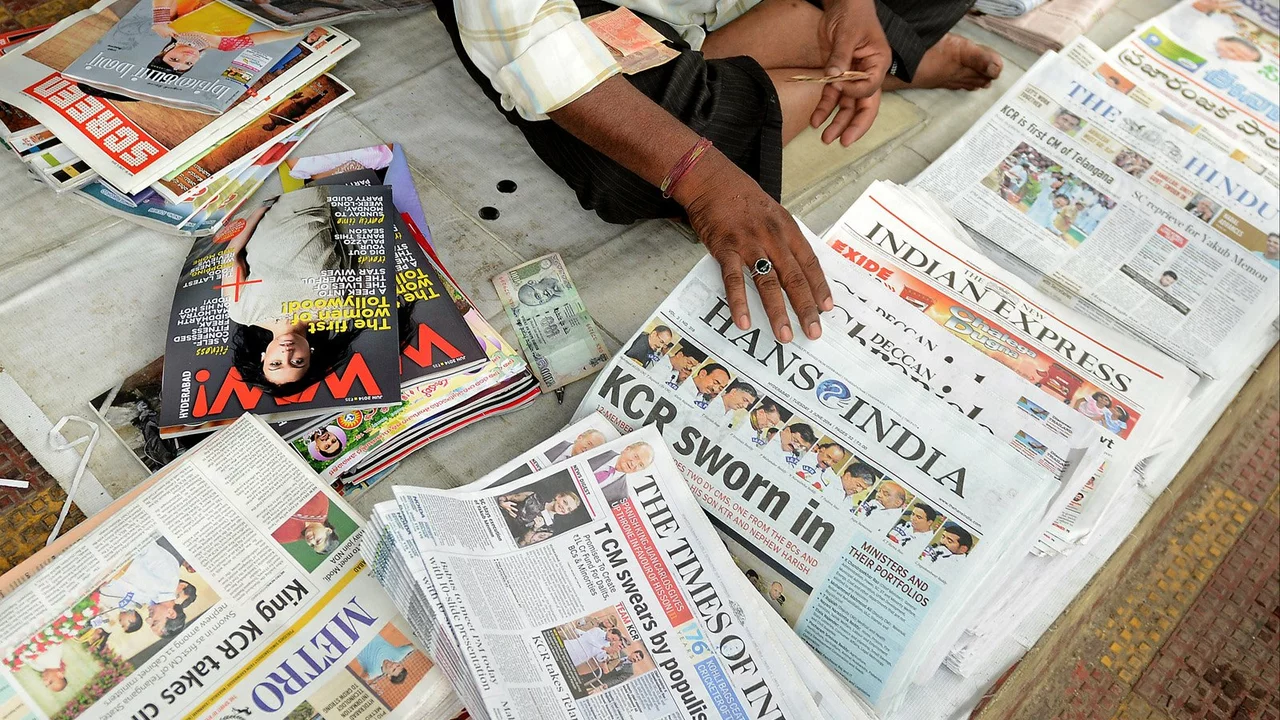Media Criticism: How to Spot Bias in Indian News
Ever read a headline and felt something was off? You’re not alone. Bias in news isn’t a mystery; it’s a pattern you can learn to catch. In this guide we’ll break down why media criticism matters, show you quick tricks to sniff out slant, and walk through the hot debate around the Times of India. By the end you’ll have a handy checklist for any article you come across.
Why Media Bias Matters
Bias shapes what we think is true. When a newspaper leans toward one side, it can push public opinion, affect elections, and even influence market moves. That’s why a clear, critical eye is essential for anyone who wants to make informed decisions—whether you’re investing, voting, or just chatting with friends. Recognizing bias also protects you from echo chambers that only repeat the same viewpoint.
One practical tip: compare the same story across three different sources. If the facts line up but the language changes—like "alleged" versus "confirmed"—you’ve likely found bias at work. Look for loaded words, selective quotations, and story placement. Front‑page stories get more attention than a quiet column on the back page, so placement can be a bias clue too.
Is the Times of India the Most Biased Newspaper?
The Times of India (TOI) often tops conversations about bias in India. Critics point to its editorial tone, choice of headlines, and occasional political endorsements. Supporters argue that TOI reflects a broad audience and covers a wide political spectrum. The truth sits somewhere in between. While some articles clearly favor certain parties, others present balanced reporting. It’s the mix that makes labeling it "the most biased" tricky.
If you’re wondering where TOI stands, try this quick test: pick a recent political story, read the TOI version, then read the same story in The Hindu and Indian Express. Note differences in word choice, sources quoted, and the depth of background info. You’ll likely see where each outlet leans and where they stay neutral. This side‑by‑side approach is the fastest way to judge bias without getting lost in endless debates.
Another red flag is sponsored content that looks like news. TOI, like many big papers, inserts advertorials in its news feed. They’re often marked, but the line can blur. Always check the byline and the “Sponsored” tag before accepting the piece as pure reporting.
So, is TOI the most biased? Not definitively. It shows bias in certain areas, but it also publishes strong investigative pieces that challenge power structures. The key is to stay vigilant, compare, and ask yourself: "Who benefits from this story?" If the answer points to a specific agenda, you’ve spotted bias.
In practice, use a simple checklist whenever you read news: 1) Identify the source’s ownership. 2) Look for loaded language. 3) Check if multiple viewpoints are presented. 4) Spot any hidden ads. 5) Compare with at least two other outlets. Follow these steps, and you’ll cut through the noise faster than ever.
Media criticism isn’t about being cynical; it’s about being smarter. By learning the tricks above, you’ll protect your opinions from hidden influence and keep your decisions grounded in facts. Ready to put these skills to work? Grab today’s headlines and start testing them—your future self will thank you.
Is the 'Times of India' the most biased newspaper in the country?
My recent exploration into the topic of media bias led me to question whether the 'Times of India' is the most biased newspaper in our country. It's a hot debate with diverse opinions. Some folks are convinced that it leans heavily towards certain political ideologies, while others argue it's simply reflecting the diverse views of our diverse nation. Personally, I found elements of bias, but it's hard to definitively label it as the most biased. It's clear that discerning bias is complex and subjective, and the 'Times of India' is no exception.
